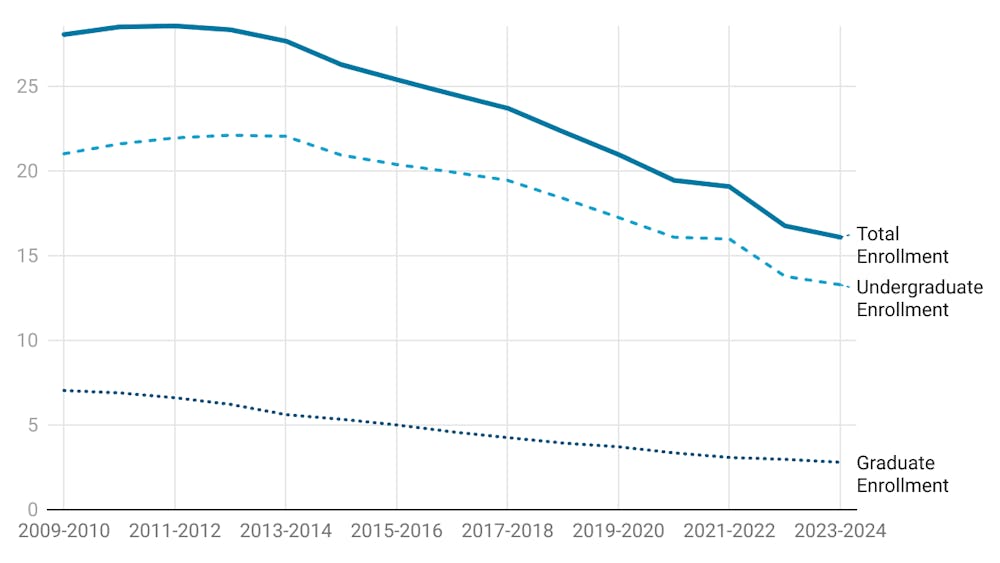Snow flurries and cold chills have taken over Eastern Michigan University’s campus. As people speak, the breath coming out of their mouths is visible and it’s freezing outside! It’s official, ‘Old Man Winter’ has arrived, and the best way to deal with it is to be prepared. The best way to make it through the weather’s extremes is to be as warm and comfortable as possible.
The key to staying warm during the icy months ahead is layering. Layering allows convenient adding and removing of clothes. The three most common layers are the wick layer, insulating layer and protection layer. Dunham’s Sportswear clothing expert Jarvis Collins said the most important thing when trying to stay warm is the foundation.
The wick layer is the layer worn next to the skin. The purpose of this layer is to move moisture away from the body, by absorbing it into the fabric and evaporating.
“The clothing that is touching the skin should be made from moisture absorbing fabrics,” Collins said. “There are specific fabrics that are made to keep the body dry.”
Cotton is not the best material to wear in the winter when trying to stay dry because it absorbs moisture but doesn’t get rid of it. Thermal long johns and knee/thigh-high socks can be worn to keep warm and dry and the clothing should have a snug, but not tight fit in order to effectively absorb the moisture.
“Even during the winter our bodies do still sweat, especially if a person is wearing layers,” Collins said.
The next layer is the middle insulating layer. The purpose of this layer is to keep the heat in and cold out.
The best way to capture the warmth is through sweaters, pullovers and fleeces. Wearing a sweater over a T-shirt is warm as well as stylish idea, and the look can be revised by wearing a T-shirt over a sweatshirt hoodie.
Northface and Columbia have a great selection of fleeces specifically made from materials used to insulate. Both brands have apparel for both men and women. The prices for Northface range from $80 and up, while Columbia keeps its prices a bit more affordable with prices starting at $40.
“I didn’t spend a ton of money on my fleece, but it keeps me really warm and I’ve had it for two winters and it still serves its purpose just fine,” said Jenell Mansfield, an EMU graduate student who loves her Columbia fleece.
The protection layer, also known as the shell layer because it is waterproof and repels cold air and wind, is last.
The ideal winter coat has a hood for capturing extra heat, insulted pockets and a length that sits below the waist. Wool is a great fabric to consider when buying a coat in because it keeps in heat and absorbs moisture.
Along with the coat and the clothes underneath, accessories are also essential when keeping warm. Gloves, scarves and hats are just as important to keep the fingers, neck and head warm.










